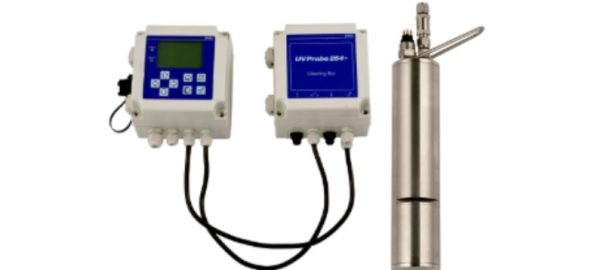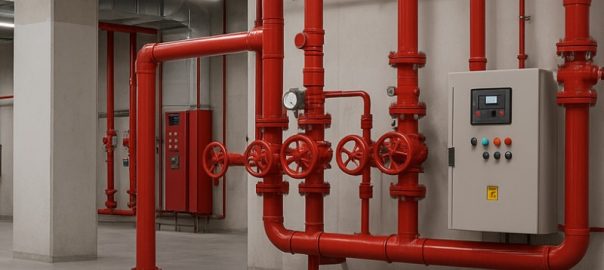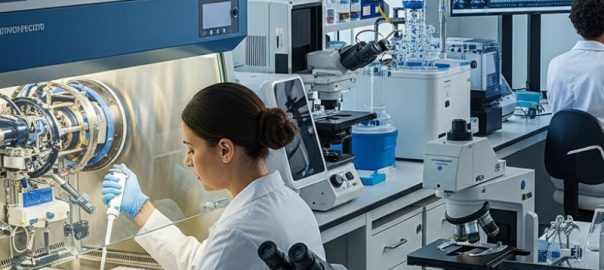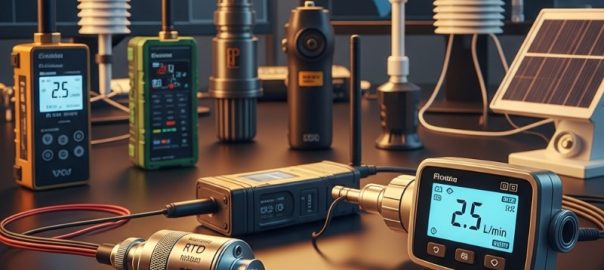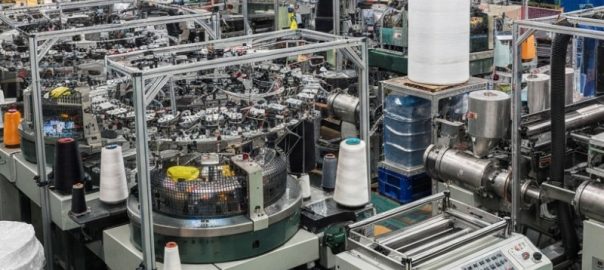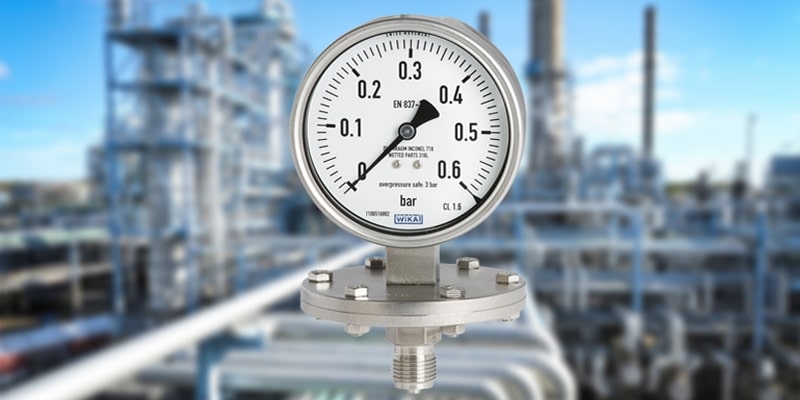
Diaphragm pressure gauges play a crucial role in industries where accurate pressure measurement is vital for process control and safety. In this article, we’ll delve into the inner workings of diaphragm pressure gauges to understand how they operate and their significance in various applications.
How Diaphragm Pressure Gauges Work:
1. Construction:
At the heart of a diaphragm pressure gauge lies a flexible metal diaphragm sealed around its edges. This diaphragm is the key component responsible for measuring pressure changes.
2. Pressure Application:
When pressure from the process being measured is applied to the diaphragm, it deforms or deflects accordingly. This deformation is directly proportional to the pressure applied.
3. Mechanical Transmission:
The deformation of the diaphragm is then mechanically transmitted through a linkage system to a pointer mechanism. This mechanism moves along a calibrated scale to indicate pressure readings accurately.
4. Calibration:
To ensure precision, diaphragm pressure gauges undergo calibration. Known pressures are applied to the gauge, and adjustments are made to the pointer mechanism accordingly.
5. Protection:
To safeguard the diaphragm from damage due to overpressure or harsh conditions, diaphragm pressure gauges often incorporate protective features such as pressure-limiting devices or snubbers.
Applications:
Diaphragm pressure gauges find applications across diverse industries, including petrochemical, pharmaceutical, food processing, and HVAC systems. They are indispensable for maintaining process efficiency and ensuring safety standards.
Advantages and Limitations:
While diaphragm pressure gauges offer high accuracy, durability, and versatility in measuring a wide range of pressures, they may have limitations regarding mechanical wear and compatibility with corrosive substances. Understanding these factors is essential for selecting the right gauge for specific applications.
Conclusion:
In conclusion, diaphragm pressure gauges are indispensable instruments in industrial settings, providing accurate pressure measurements essential for maintaining process integrity and safety. Understanding their mechanics is crucial for maximizing their utility and ensuring optimal performance across various applications.


